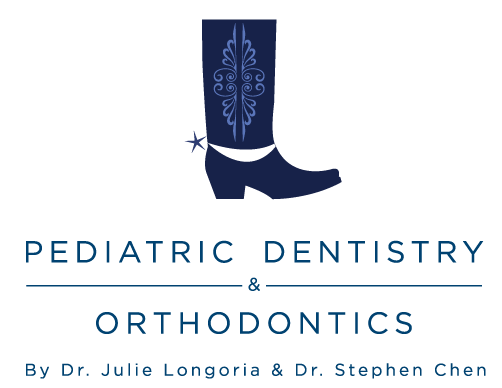A teething baby doesn’t need to cause worry. There are things you can do to provide them with comfort at home. Then, when you do check in with your local dentist, you’ll know what types of questions to ask and things to do to ease the pain of your child’s sore gums.
Below, you will find a timeline of events that helps you better understand when teething takes place and when to expect the arrival of upper and lower teeth.
What Teeth a Baby Will Have and When
Every baby is different and has its own schedule for teething. This short reference guide is standard, however, and what you should come to expect to see by a certain age. Consulting your family dentist for more information regarding your child’s teeth is highly recommended.
Here is what you should expect at each milestone your child crosses:
- Four to Seven Months. Red and swollen gums are normal at this stage in life. Your baby may also be showing signs of physical discomfort more often than not.
- Eight to Twelve Months. Babies start to get their top two and bottom two teeth at this age. Soothing their sore gums is essential as it helps them calm down while their teeth erupt.
- Nine to Sixteen Months. Four more teeth are visible at this age. They are known as the lateral incisors.
- Thirteen to Nineteen Months. Don’t be alarmed by the space between the first four teeth in the middle. When the molars appear, you’ll notice a gap.
- Sixteen to Twenty-Three Months. The canine teeth appear. They’re sharp and pointy to make ripping and chewing food easier.
- Twenty-Three to Thirty Months. All primary teeth should be coming in. There will be 20 total that you’ll see erupt by the child’s second birthday.
Next, you’ll need to know what to do to treat the teeth and gums while your child is teething. That way, they don’t need to be any more uncomfortable than they already are. You can safely give them relief.
What to Do About Aching Teeth in Your Infant and Toddler
New teeth can cause another round of discomfort. There are ways to make it less grueling for you and your child. Massaging their gums, providing them with a teething ring that you’ve frozen overnight, and a chilled spoon or carrot can give them something to rub across their gums. Child-safe pain reliever may be prescribed by your dentist, too.
Now, you’ll address slobbering. It worsens while a baby teethes. It’s important to take care of it immediately to prevent it from causing the child further issues.
Dealing With Excessive Slobbering
Saliva is the enemy. It’s important to dry your child’s mouth as they drool. It can cause the skin to break out around their mouth and chin. It could make the baby even more uncomfortable. If you’re not sure what to do to prevent a rash, ask the dental professional your child sees for suggestions.
If your baby seems to be more uncomfortable than you initially expected them to be, it’s time to contact a professional who can examine their teeth and gums to make sure there isn’t a more significant issue that you can’t see. A dental professional knows what to look for and what to do if there is a problem with your baby’s new teeth.
Get Assistance from a Pediatric Dentist That You Trust
Finding a local Houston Pediatric dentist to go to as your child is teething is imperative. It allows you to have your most pressing questions answered by a professional. You’re also able to stay up-to-date on the newest techniques delivered by a knowledgeable and skilled staff. Contact us today to set up an appointment for your child.


